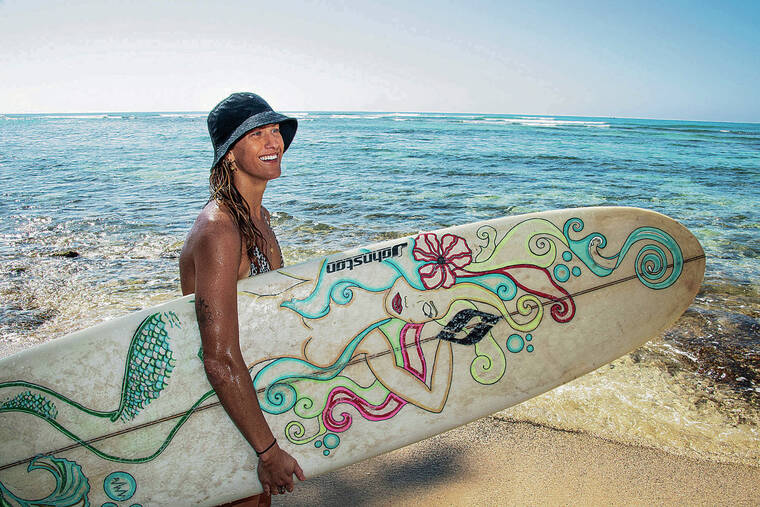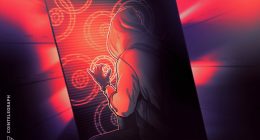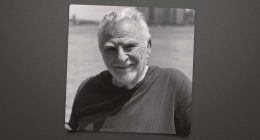
Mahalo for supporting Honolulu Star-Advertiser. Enjoy this free story!
In a growing trend, more and more expert surfers are wearing helmets in big waves, as well as in the sort of dangerous, shallow conditions that define the Banzai Pipeline on Oahu’s North Shore with its fast, hollow waves that have broken many a head, sometimes fatally, on the coral reef below.
For a year, I’ve been wearing a helmet in any kine waves, even small, out-of-season, ankle-snappers on the South Shore.
That’s because I don’t want to reprise the loud, sickening crunch of my forehead striking a coral head at Inside Suis in late December 2020, when, trying to execute a cutback on a tiny wave, I flew headfirst off my board.
I paddled in, periodically wiping away a curtain of blood, and, in the scariest dark days of the pandemic, before any vaccine existed, my son dropped me off at the nearest emergency room, where I got five stitches.
“You’ve got some nice reef rash there,” my doctor said, poker-faced, in a Facetime follow-up.
“It could have been a lot worse,” he added with a hearty laugh.
It certainly felt worse when, a month later, after the stitches dissolved, I did it again — and got three more.
This time, my doctor didn’t joke. We talked about the need to focus and avoid risks — surfing is unpredictable and risky —when tired, preoccupied and distracted, as I have been more than usual during the pandemic.
But I shouldn’t quit surfing, he said, because exercise is healthy if it doesn’t kill you.
I felt embarrassed, at first, to be seen in a helmet, but the Suis regulars didn’t raise an eyebrow.
The Long Rider said he used to wear, in big North Shore waves, a helmet he really liked from the same manufacturer, only now it was buried somewhere in his storage unit since he moved.
With a warm smile, the Professor, impeccable as ever with her blond hair in a sleek chignon, said my all-black helmet looked chic.
A neighborhood youngster, whose mom makes him wear a helmet at Pipe (but not at Suis), shot me a sympathetic look that seemed to say he knew how I felt.
Then on Saturday, the Frog Footman, that pale, quiet loner who I can’t remember ever saying a word, suddenly appeared; it was the first time I’d seen him since the pandemic struck almost two years ago.
“You ought to write an article about surf helmets,” he said. “Everybody’s starting to wear them — it should be standard equipment, like in biking or snowboarding.”
“Why aren’t you wearing one?” I asked.
“I never thought of it,” he said with a surprised smile, “but yes, I should.”
Also a first: The Footman gave me a couple of nice, fast little waves, signalling with princely demeanor that, while he technically had priority because he was sitting deeper, that is, closer to the peak, he knew he was too deep to make it.
As it gets ever more popular and crowded, surfing could use more such rational, generous acts, rather than the wave-hogging that’s the norm.
It would be safer, too: The ocean is dangerous and unpredictable, and a lightweight surfing helmet can’t protect you from everything; while it can absorb some of the impact to your skull from a strike or fall, it doesn’t cover your face or protect your neck and spine.
Waveriders know the surf is shared by people of all ages and levels of skill, riding all sorts and sizes of watercraft: bodyboards, shortboards, longboards, SUPs, kayaks, canoes and, most recently, foils.
Yet on the afternoon of July 10 at Tonggs, in the strong waves of a summer groundswell, a well-known beginner surfer break on the South Shore about 150 yards Ewa of Suis, a four-man outrigger struck a skinny, 17-year-old novice surfer in the head, knocking him unconscious.
Surfers found him unresponsive in the water and began CPR, while Ocean Safety lifeguards got the call at 4:46 p.m. and reached the boy in three minutes, bringing him to shore.
The lifeguards continued CPR and the boy quickly got a pulse back, Shayne Enright, Honolulu Emergency Services Department spokeswoman, said in a statement.
Emergency Medical Services provided advanced life support and transported the boy to a hospital in critical condition.
When he awoke from a coma, the first thing he asked about was his surfboard, according to a friend of the family, who asked that his name be withheld and said the family wished not to be identified at this time.
The boy’s family assured him the new board — his first, a gift made for him by a friend — was fine.
But he missed his eagerly anticipated, freshman semester of college because he had to be in rehab instead.
Hawaii being a small, interconnected place, I had the honor of meeting him once, although in the saddest of circumstances: Four and a half years ago, he gave a simple, deeply moving eulogy at the funeral of my nephew, his classmate and best friend, who died in his sleep following minor surgery just after they completed ninth grade. Speaking bravely through shock and bereavement, the boy’s words let me see my shy, gentle nephew as his friends did, in his everyday life: a playful spirit, talented basketball player, striving student, budding artist and warm, generous friend.
“Tonggs is definitely a beginner wave, a novice wave,” Oahu native and expert surfer Hana Harrison confirmed after a small-wave sesh there Tuesday morning, where she’d gone out on her longboard because Suis, her favorite shortboard spot, wasn’t breaking.
But that didn’t mean Tonggs was safe, she added: “It’s really shallow, especially at low tide in summer, when the waves are bigger.”
So why, on July 10, in a break typically packed, at high season, with beginners learning from friends or in surf schools, weren’t the canoe paddlers more careful?
It breaks my heart to think of all the pain and uncertainty this boy and his family have suffered because the four adults in that big, heavy boat—with great sightlines from its raised seats— failed to steer clear of a sweet, trusting kid with a kind heart and wide-open eyes who so loved being in the sea.
JUST after the New Year, waterman John Clark, author of “Hawaiian Surfing” and many other local books, sent me a protective charm for surfing. Called He‘e Nalu Omamori, it was created by Hawaii Kotohira Jinsha, a Shinto shrine where he and his family go on New Year’s Day “to be blessed and to buy omamori, which are amulets blessed by their Shinto priest,” he wrote.
“You keep them in your home, your car, or wherever to provide protection and to bring good luck,” Clark said, noting there have long been omamori for various activities, such as driving, boating, traveling or golf, but the surfing omamori, new this year, is “probably the world’s first.”
A small, wood amulet carved with a wave pattern, it sold out but a new order is expected next week, designer Irene Takizawa said; visit e-shrine.org.
I like to imagine the omamori provides protection and promotes success in the waves by awakening our awareness and a feeling of connectivity to and respect for nature, tradition and fellow devotees of he‘e nalu.
Call it mindfulness.
After all, since I’ve been wearing the helmet, I haven’t fallen on my head.
Source: Star







